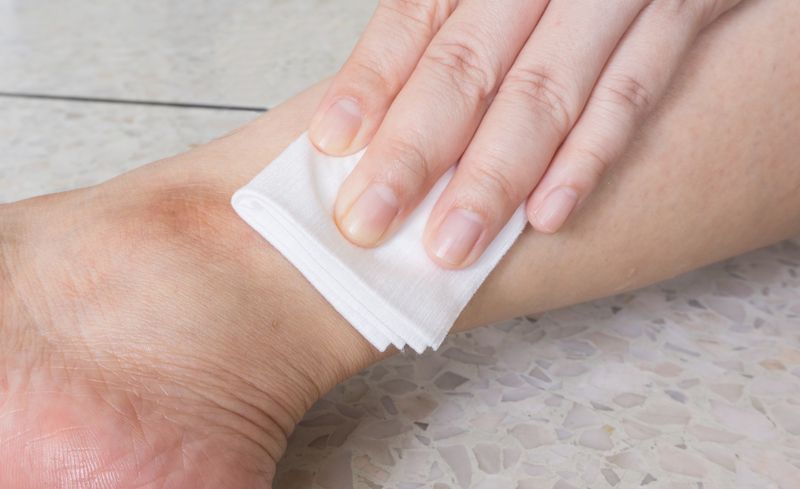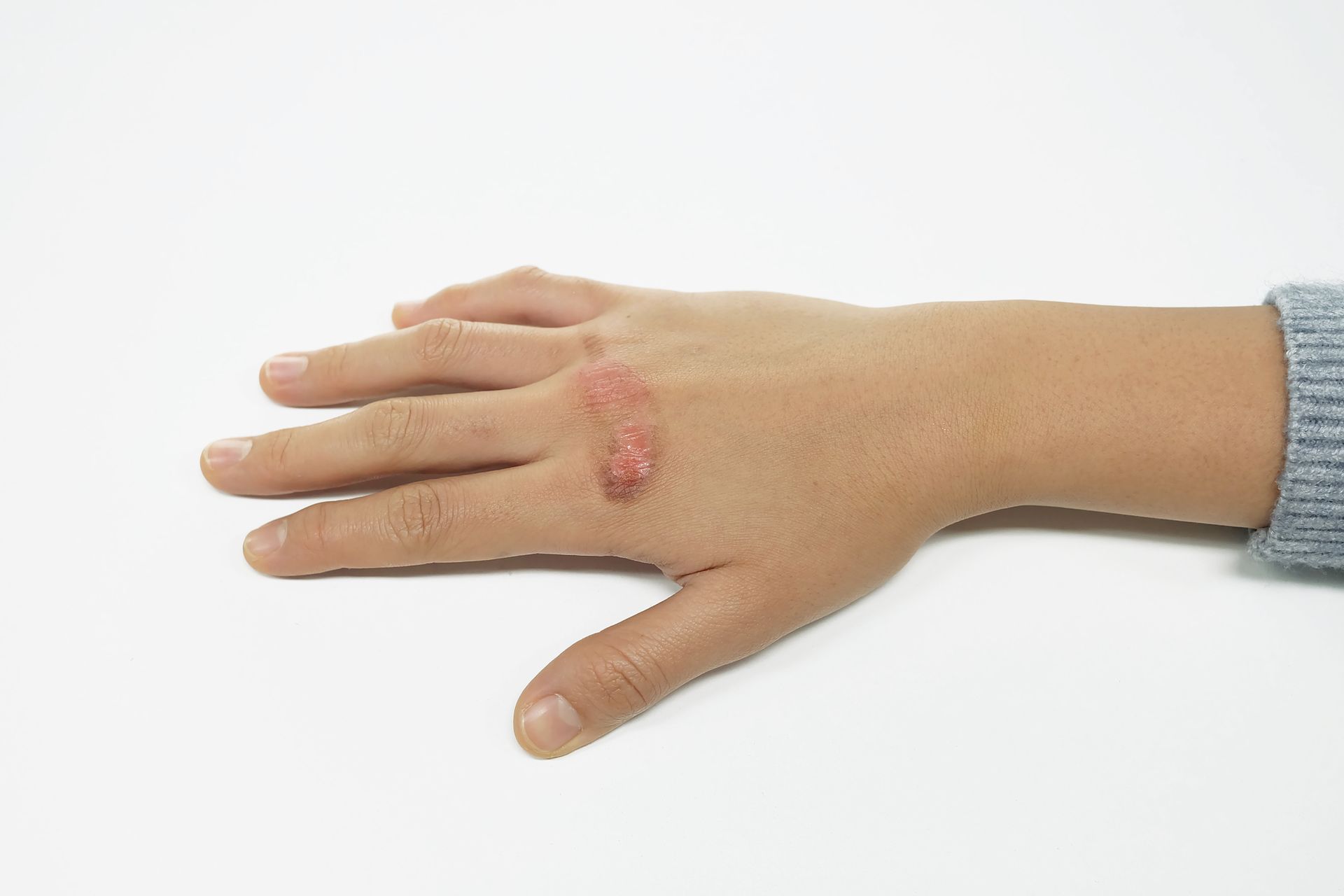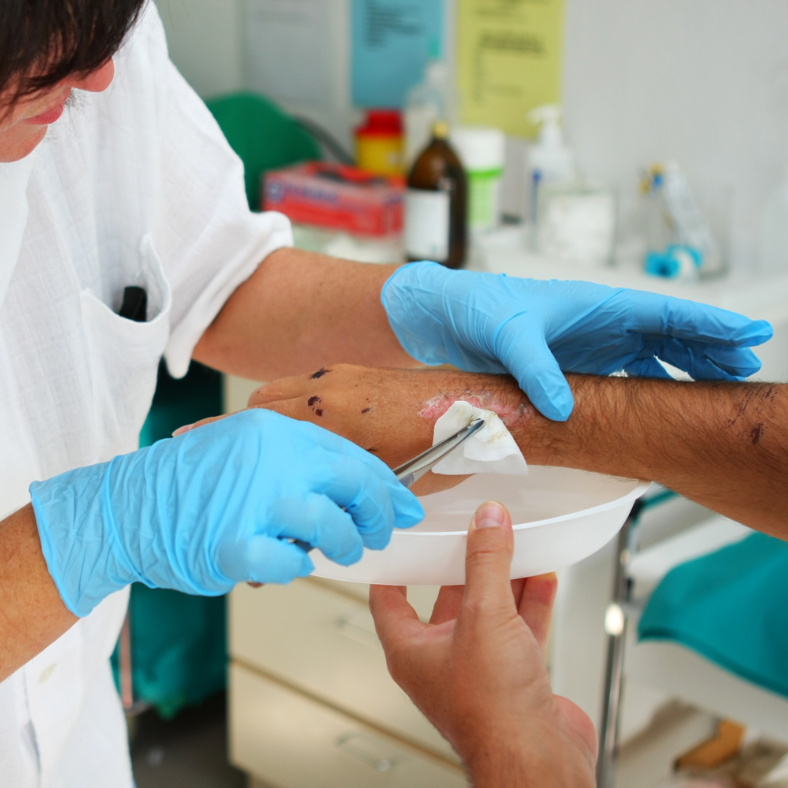The Role of Growth Factors in Wound Healing
Understanding how growth factors contribute to wound healing is crucial for advancing medical treatments, especially for patients with chronic wounds. Growth factors are proteins that play a significant role in various cellular processes, including tissue repair and regeneration. These proteins are essential for signaling cells to perform specific functions such as proliferation, differentiation, and migration, which are vital for wound healing.
The importance of growth factors in medical science has grown over the years. The discovery of growth factors dates back to the mid-20th century, with significant milestones such as the identification of nerve growth factor and epidermal growth factor, which earned Stanley Cohen and Rita Levi-Montalcini a Nobel Prize in 1986. These breakthroughs paved the way for the development of therapies that utilize growth factors to treat various medical conditions.
Today, growth factors are widely used in medicine, particularly in wound care. They are employed to accelerate the healing process, especially in chronic wounds, which are common among patients with diabetes and circulatory issues. Growth factors also have applications in other fields like oncology, where they are used to support cancer treatments, and dermatology, where they aid in skin regeneration.
Types of Growth Factors and Their Functions
Different growth factors have unique roles in the wound healing process. Understanding these can help tailor treatments to specific needs.
Epidermal Growth Factor (EGF)
EGF is crucial for promoting cell growth and differentiation. It binds to receptors on the cell surface, triggering a cascade of cellular events that lead to proliferation. Studies have demonstrated EGF's effectiveness in accelerating wound healing by promoting the growth of epithelial cells, which are essential for covering and protecting wounds.
Platelet-Derived Growth Factor (PDGF)
PDGF is another key player in wound healing, known for stimulating cell proliferation and angiogenesis, the formation of new blood vessels. Clinical trials have shown that PDGF can significantly impact chronic wound closure, making it a valuable tool in treating non-healing wounds. It works by attracting cells to the wound site and encouraging them to multiply and repair the damaged tissue.
Vascular Endothelial Growth Factor (VEGF)
VEGF is primarily involved in angiogenesis, which is critical for improving oxygen and nutrient supply to healing tissues. By promoting the growth of new blood vessels, VEGF ensures that the healing tissue receives the necessary resources to repair itself effectively. This function is particularly important in chronic wounds, where blood supply is often compromised.
Fibroblast Growth Factor (FGF)
FGF plays a significant role in cell growth, tissue repair, and wound healing. It is involved in the proliferation and differentiation of various cell types, including fibroblasts, which are essential for forming the extracellular matrix and collagen. Clinical applications of FGF include its use in skin grafts and the treatment of burns, where it helps to accelerate the healing process.
Mechanisms of Action in Wound Healing
Growth factors influence wound healing through complex cellular and molecular pathways. They interact with specific receptors on cell surfaces, initiating signaling pathways that promote cell migration, proliferation, and differentiation. These processes are crucial for the repair and regeneration of tissues.
Wound healing occurs in several stages: hemostasis, inflammation, proliferation, and remodeling. Growth factors facilitate each of these stages by promoting the necessary cellular activities. For instance, during the proliferation phase, growth factors stimulate the production of new cells and the formation of new blood vessels, which are essential for tissue repair.
Clinical implications of growth factor therapies are significant, especially for patients with chronic wounds. By enhancing the body's natural healing processes, these therapies can improve patient outcomes and quality of life. A study published in the
Journal of Wound Care supports the efficacy of growth factor treatments, showing improved healing rates in patients with diabetic foot ulcers.
Challenges and Future Directions
Despite the promising potential of growth factor therapies, there are challenges to their widespread adoption. One major limitation is the cost and accessibility of these treatments, which can be prohibitive for some patients. Additionally, there are potential side effects or complications associated with growth factor use, such as excessive cell proliferation leading to scarring or cancer risk.
Recent advancements in research and technology offer hope for overcoming these challenges. Emerging therapies that combine growth factors with other treatments, such as stem cell therapy, are showing promise in enhancing the healing process. These innovative approaches aim to maximize the benefits of growth factors while minimizing risks.
Looking to the future, growth factor therapies hold the potential for more personalized medicine approaches in wound management. By tailoring treatments to individual patient needs, healthcare providers can optimize outcomes and improve quality of life. A recent article in
Nature Reviews Drug Discovery discusses future trends in growth factor therapy, highlighting the potential for these treatments to revolutionize wound care.
In conclusion, growth factors are indispensable in the field of wound healing, offering hope for patients with chronic wounds. As research progresses, the potential for these therapies to transform medical care continues to grow, promising improved outcomes and quality of life for patients in Murray, Utah, and beyond.










